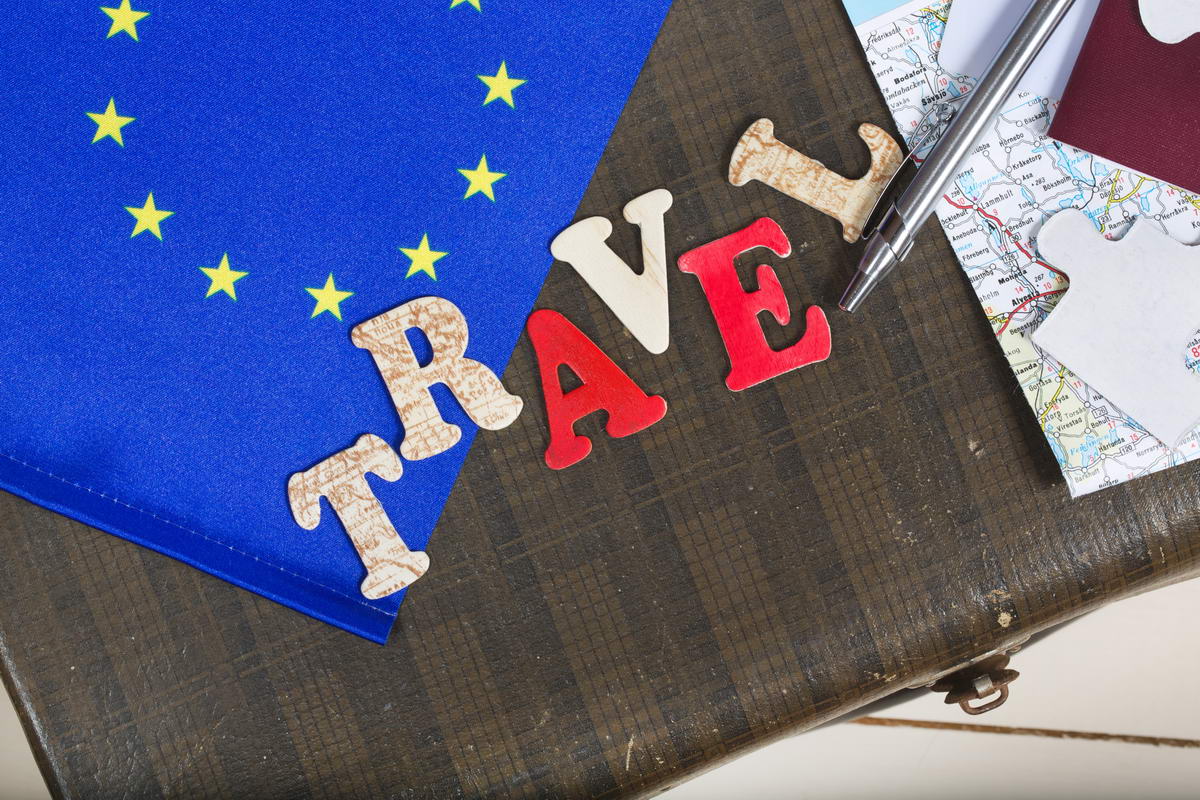The automated system for registering the entry and exit of passengers from non-EU countries should officially start on November 10 this year. The system is made up of two parts EES and ETIAS. EES is the first part that will be used to register for the trip and will be free of charge. This means that you will need biometric data and a valid travel document to check in via the mobile app or by going to the website. In this way, your entry and exit to the EU will be registered. The basic biometric data you will need are:
• travel document (name, surname, date of birth, etc.),
• biometric data (fingerprints, facial recognition),
• time of entry and exit from the EU,
• possibly - data on the travel ban.
Registration is required before each trip. Please note that this is only a way to report a trip that does not lead to changes in the visa regime. The goal of introducing this system is a more effective fight against illegal migration, better control and speeding up border crossings. These days, you'll often hear that traditional passport stamping is becoming a thing of the past, as a state-of-the-art digital border management system is being introduced. Manual "stamping" of the stamp, apart from taking a lot of time, also does not provide reliable data on crossing the border, nor on exceeding the maximum allowed stay. The new system will facilitate the travel of citizens of third world countries and help to suppress and prevent cross-border crime and terrorism.
European Information and Authorization System – ETIAS
From the summer of 2025, the European Union plans to introduce new procedures for foreigners that will be implemented through the European Information and Authorization System - ETIAS. This system will be applied for trips to a total of 30 countries, that is, all EU members, except Ireland and Cyprus, as well as Norway, Iceland, Liechtenstein and Switzerland. The regulations will apply to more than 60 countries, the list of which can be found via the following link: https://travel-europe.europa.eu/etias/who-should-apply_en#applicant-countries.
The main difference between EES and ETIAS is that no fee is paid for EES, while a fee of €7.00 is paid for ETIAS. ETIAS is more complex, as it provides for the issuance of travel permits and passenger checks and is linked to the passport. It is valid for three years or until the passport expires. Common to both systems is that you do not have to worry if you are not banned from entering the EU and do not engage in criminal activities.
Traveling still remains the most beautiful association with vacation. So explore the rich offer of luxury accommodation, rent a luxury villa in Montenegro and start your journey today!



